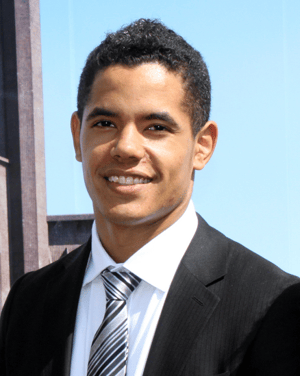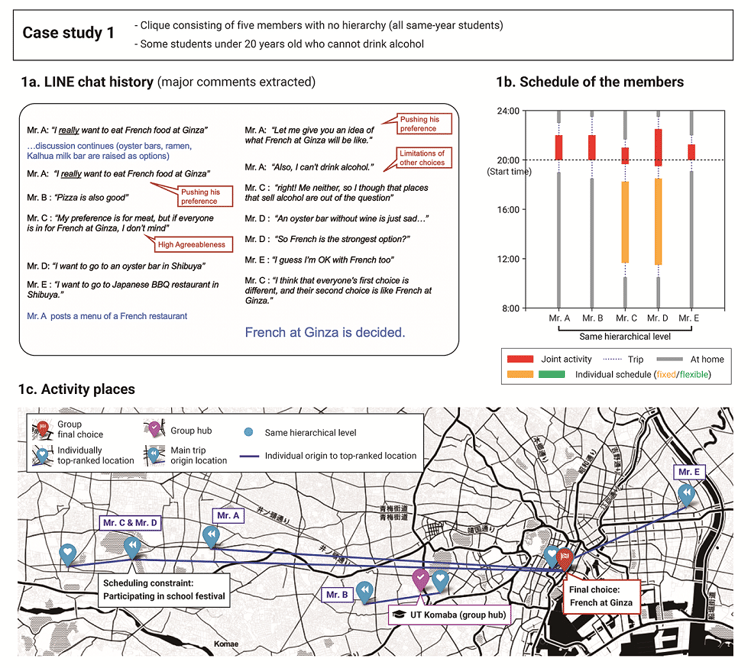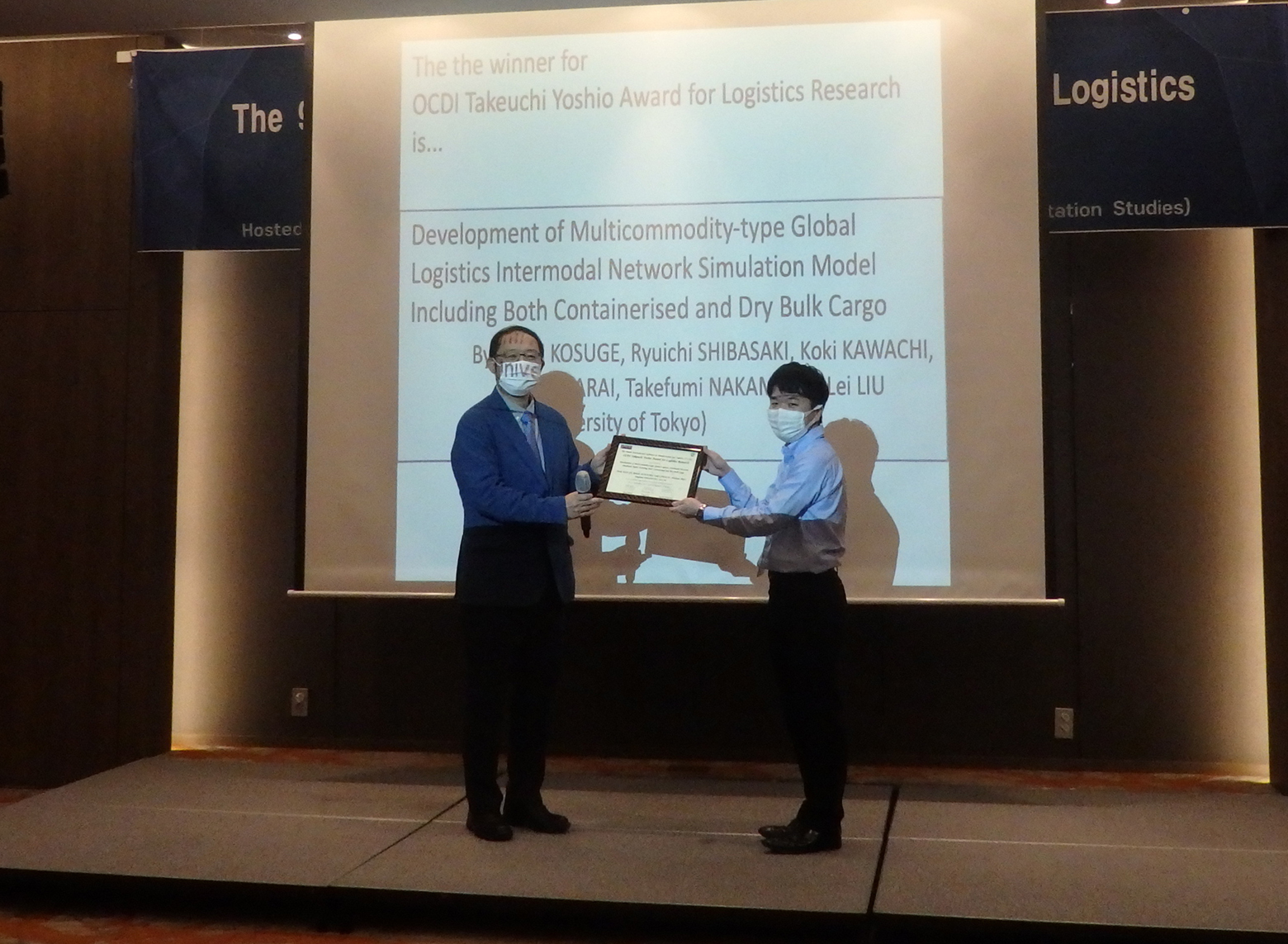Share this
Young Faculty / 079
Lecturer Parady Giancarlos, Urban Transportation Research Unit, Department of Urban Engineering

<Biography>
Sep. 2014: Ph.D., Department of Urban Engineering, School of Engineering, the University of Tokyo
Oct. 2014Project researcher, Department of Civil Engineering, Urban Redesign Studies Unit / Behavior in Networks Studies Unit, the University of Tokyo
Apr. 2015: Assistant professor, Department of Urban Engineering, School of Engineering, the University of Tokyo
Feb. 2019: Visiting Lecturer, ETH Zurich, Institute for Transport Planning and Systems
Apr. 2020: Lecturer, Department of Urban Engineering, School of Engineering, the University of Tokyo
<About the research>
Many activity/transportation behavior-related decisions are not made by an individual in isolation, but are the result of coordination with members of the social network that individual belongs to. For example, in Japan, joint activities account for almost 40% and 60% of all trips on weekdays and weekends respectively. However, even the most advanced travel behavior models rarely take into consideration how such social interactions affect behavior. One of the main reasons for this is the lack of empirical data. Against this background, our research focuses on 1) the development of new methods for collecting data on joint activities and their decision-making processes and 2) the construction of behavioral models that explain these processes.

figure : Extract of data collected via x-GDP survey for a clique, where the purpose was the experiment was to choose an eating-out location. (Source: Parady et al., 2023, Transportation)
1) We recently proposed a method for observing group decision-making processes using text (x-GDP) (Parady et al., 2023 *1). This method makes it possible to observe not only the outcome, but also the decision-making process itself, including the choices that make up the choice set, the individual and group characteristics that may influence the choice process, and the discussion behind the choices, using a chat interface. To the best of our knowledge, this is the first attempt to observe the activity/transportation decision-making process of groups in real time through experimentation.
2) We are now working on building models that can adequately describe these processes. In previous research we have already shown that incorporating group information in travel behavior models can improve predictive ability up to 30% compared to an individual-level model (Han et al., 2023 *2). Now we want to model the decision-making process itself, including how preferences change over time among group members.
References:
*1= Parady, G., Oyama, Y. & Chikaraishi, M.(2023) Text-aided Group Decision-making Process Observation Method (x-GDP): a novel methodology for observing the joint decision-making process of travel choices. Transportation (Open access)
*2= Han, C., Luo, L., Parady, G., Takami, K., Chikaraishi, M., Harata N. (2023) Modeling joint eating-out destination choices incorporating group-level impedance: A case study of the Greater Tokyo Area. Journal of Transport Geography 111, 103672
<Future Aspirations >
The main purpose of discretionary activities such as leisure is interaction with other members of one’s network. However, traditional travel behavior models cannot adequately capture the positive utility of such interactions. In the mid- to long-term, I want to develop an activity-travel behavior model system that is able to quantify not only the reductions in the disutility of travel, but also the positive effects that generate from social interactions, such as social capital.
<URL>
Urban Transportation Research Unit : http://www.ut.t.u-tokyo.ac.jp/
Giancarlos Troncoso Parady : https://gparady.net/
These Related Stories

